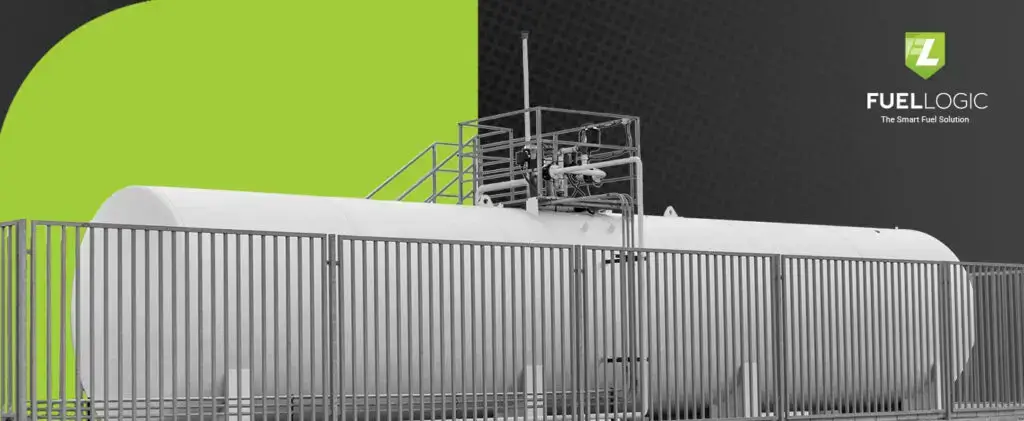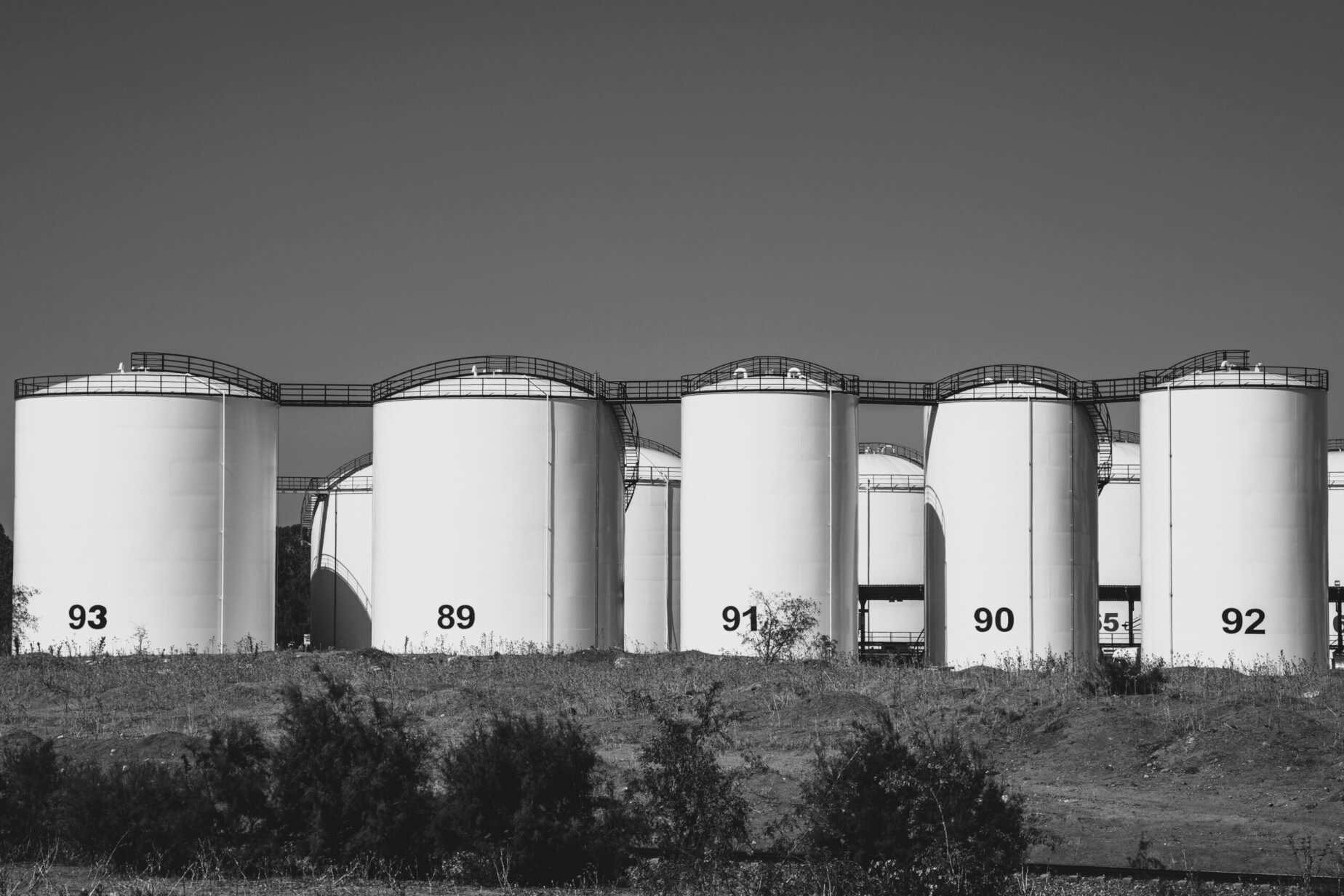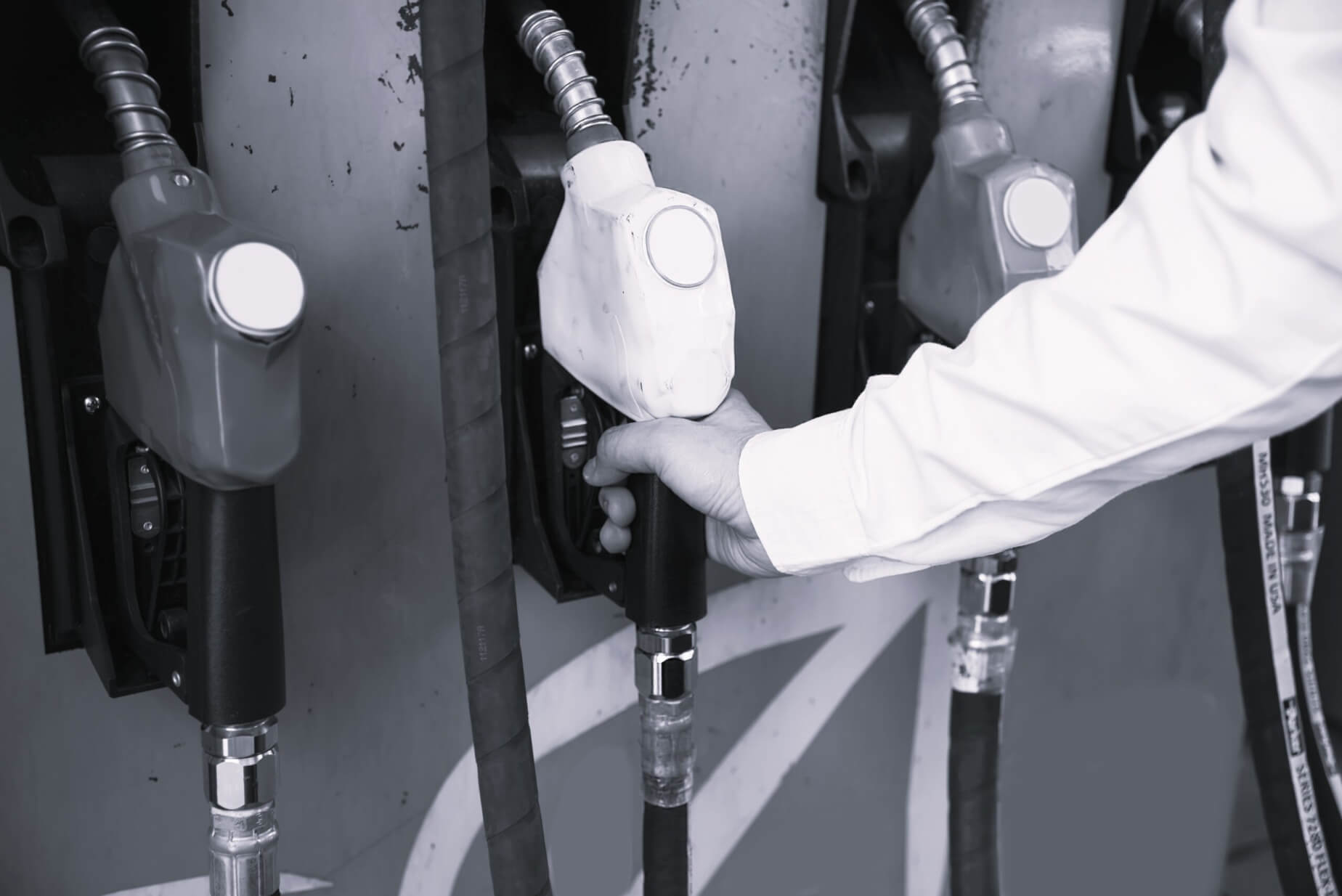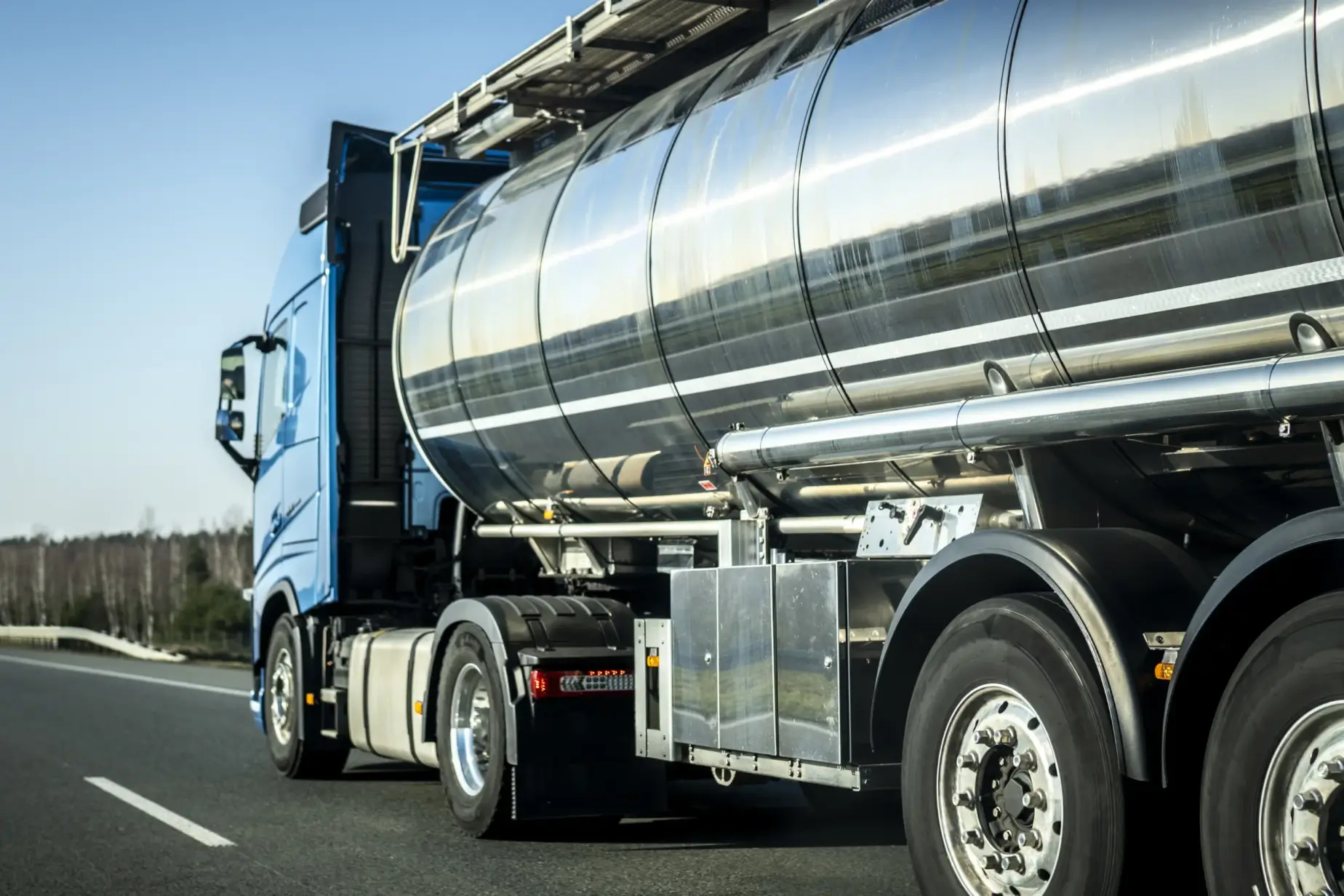6 Safety Tips for Above Ground Fuel Tank
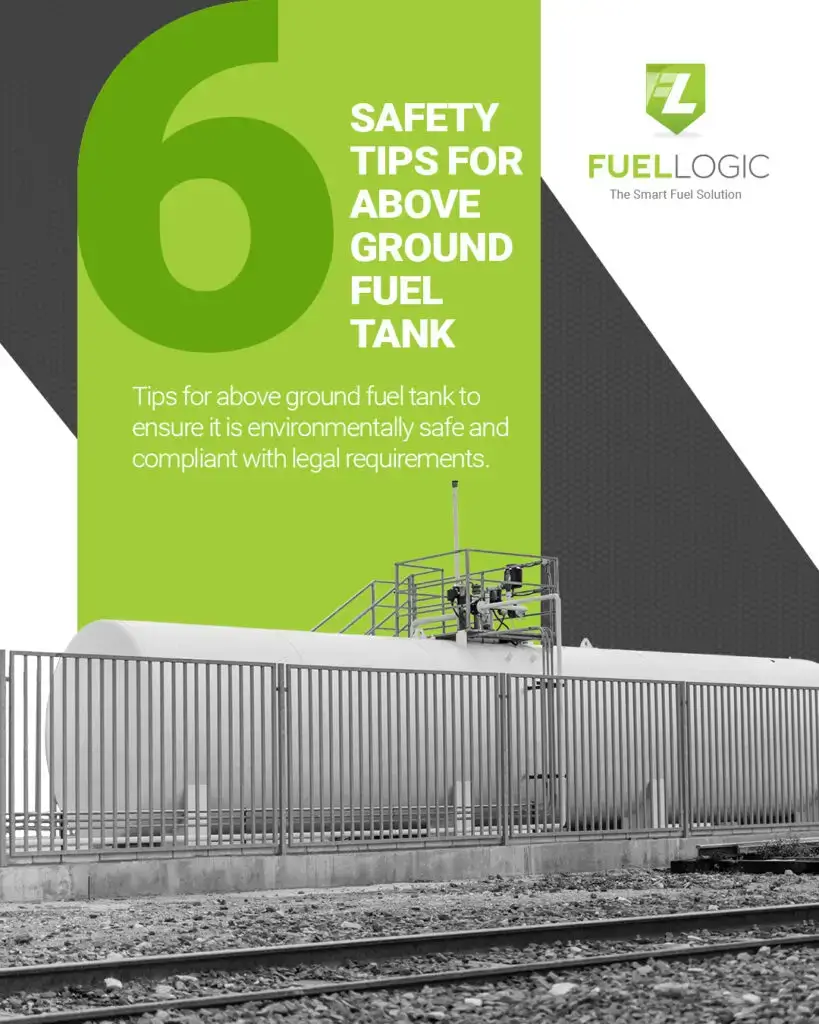
Using above ground fuel tanks is a great way to provide fuel for machines and vehicles without using commercial fuel storage stops. Above ground fuel tanks are less expensive to install than underground fuel tanks and easier to inspect and maintain. These benefits make them an attractive method to store and access fuel compared to conventional methods.
Given the benefits, above ground fuel tanks do come with some risks. Because they sit above the ground, they are subject to the elements, which can lead to wear and tear. Since these tanks contain flammable compartments of fuel, damage to the tanks can lead to fuel leaks that cause explosions or wildfires. Knowing this, the company is responsible for ensuring its fuel tanks are structurally sound and maintaining them in compliance with regulatory laws.
Here are 6 safety tips for above ground fuel tank to ensure it is environmentally safe and compliant with legal requirements.
1. Set Up the Tank in an Appropriate Location
When first setting up an above ground tank, make sure to place it on a solid, level foundation. The standalone tank will already be hefty, so make sure that the foundation is strong enough to withstand the weight of a full tank. Check the area for any source that may ignite the stored fuel. These may include open flames, electrical appliances, and running engines. Staying away from these sources can help avoid combustion and fire.
Besides picking a good foundation away from ignition sources, make sure to clear the road leading to the fueling site. Having a clear road helps ensure the tank is transported safely and allows aid to arrive quickly in emergencies.
2. Ensure the Tank Is Structurally Sound
Before making a purchase, take some time to inspect the tank’s design, paying careful attention to the tank’s strength and pressure capacity. The tank must be fire-guarded because it will hold fuel, which is highly flammable. Proper fire-guarding allows tanks to withstand surrounding flames for at least two hours. That will help to avoid even bigger fires or, even worse, explosions.
When possible, choose tanks that are double-walled for maximum safety. Double-walled tanks are made of double steel walls and generally meet the requirements for fuel storage because of their strength and durability. The double-walled design minimizes the chances of fuel leakage and protects the fuel from contamination due to water exposure from rain or condensation.
Make sure the support structure that the tank stands on is firm and withstands corrosion. That means the tank will often need saddles made of concrete or steel. We also recommended installing a roof structure over the tank to protect it from rain and sun exposure.
3. Include Proper Markings and Spacing
The area surrounding above ground fuel tanks should be kept clear and away from potential dangers that would lead to a fuel ignition. The National Fire Protection Association (NFPA) recommends situating above ground tanks at least 40 feet from buildings or water tributaries. These tanks should also be placed on a high, well-drained site.
Make sure to mark the tank with the appropriate displays properly. Any tank that will be used outdoors should have an Underwriters Listed (UL) to clarify its purpose. Make sure to include a sign that states “Flammable-Keep fire and flame away” in bright red words that are at least six inches in height. Smoking is not allowed near fuel tanks. As good practice, display “No Smoking” signs on every side of the tank to make it clear to anyone in the area.
4. Reduce the Risk of Leaks and Spillage
When fueling the tanks, we recommend never filling to the tank’s capacity. That can reduce the risk of leaks. Fuel can expand due to temperature changes, so leave some room in the tank to account for this. A good rule of thumb is to fill up to 95 percent of the tank’s storage capacity. Additionally, to lower the frequency of risks associated with tank fill-ups, fill-ups should occur only once per month. We recommend ensuring you have a fuel supply that will last at least a month to operate the business.
In case of leaks or spillage, the tank must have a designated containment area large enough to hold 125 percent of the size of the tank’s fluid capacity. The containments can be in the form of a dike or catchment basin.
5. Schedule Periodic Inspections of Tanks
The United States Environmental Protection Agency (EPA) requires regular testing of above ground tanks for structural integrity. The frequency and testing type will depend on the tank size and design. Testing is done using a combination of visual inspection with another technique that may consist of hydrostatic, radiographic, or ultrasonic testing. During each tank inspection, look for deterioration, discharges, or signs of fuel leakage.
Storing fuel over long periods increases the likelihood of microbial contamination. Monitor the process closely to ensure the new fuel isn’t contaminated whenever the tank is refilled or undergoes additive treatment. Additionally, schedule periodic fuel sample inspections to ensure no water or other contaminants have entered the tank.
6. Keep Staff Trained and Up-to-Date in Risk Management
All staff must be trained on tank-related safety measures and risk management. That includes knowing how to conduct proper inspections and power on and off the tank. Additionally, ensure all staff members understand spill containment and safe cleanup procedures.
Keep all staff up to date on their skills by requiring tests or training every year. We recommend holding annual reviews where the company tests or retrains their staff members regarding safety protocols and keeps their staff updated on any changes.
The Future of On-Site Fleet Fueling
Using above ground fuel tanks is a convenient and cost-saving way of fueling a company’s larger fleet. However, the company is responsible for ensuring these tanks’ safety and complying with all regulations. Since individual states generally regulate above ground tanks, it’s in a company’s best interest to understand its state’s specific laws regarding setup and maintenance. By understanding the state’s laws and following the safety tips above for above ground fuel tanks, we’re confident that companies will experience the full benefits of this type of fuel storage.
Need your above ground fuel tank refilled? Fuel Logic’s mobile fueling services are always available to fill your equipment, trucks, and bulk tanks so you don’t lose productivity. We’re on call 24/7, every day of the year – contact us today!

